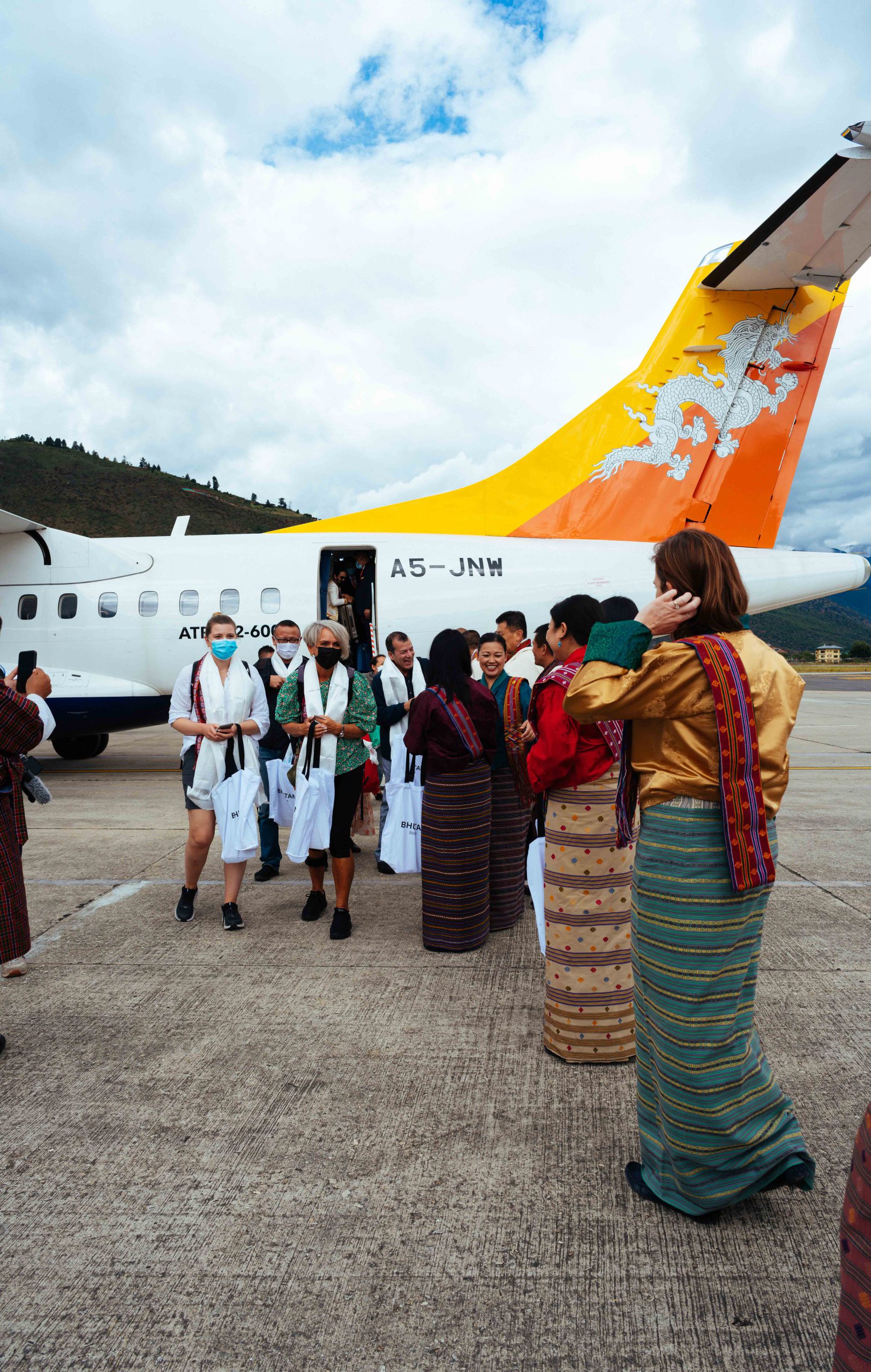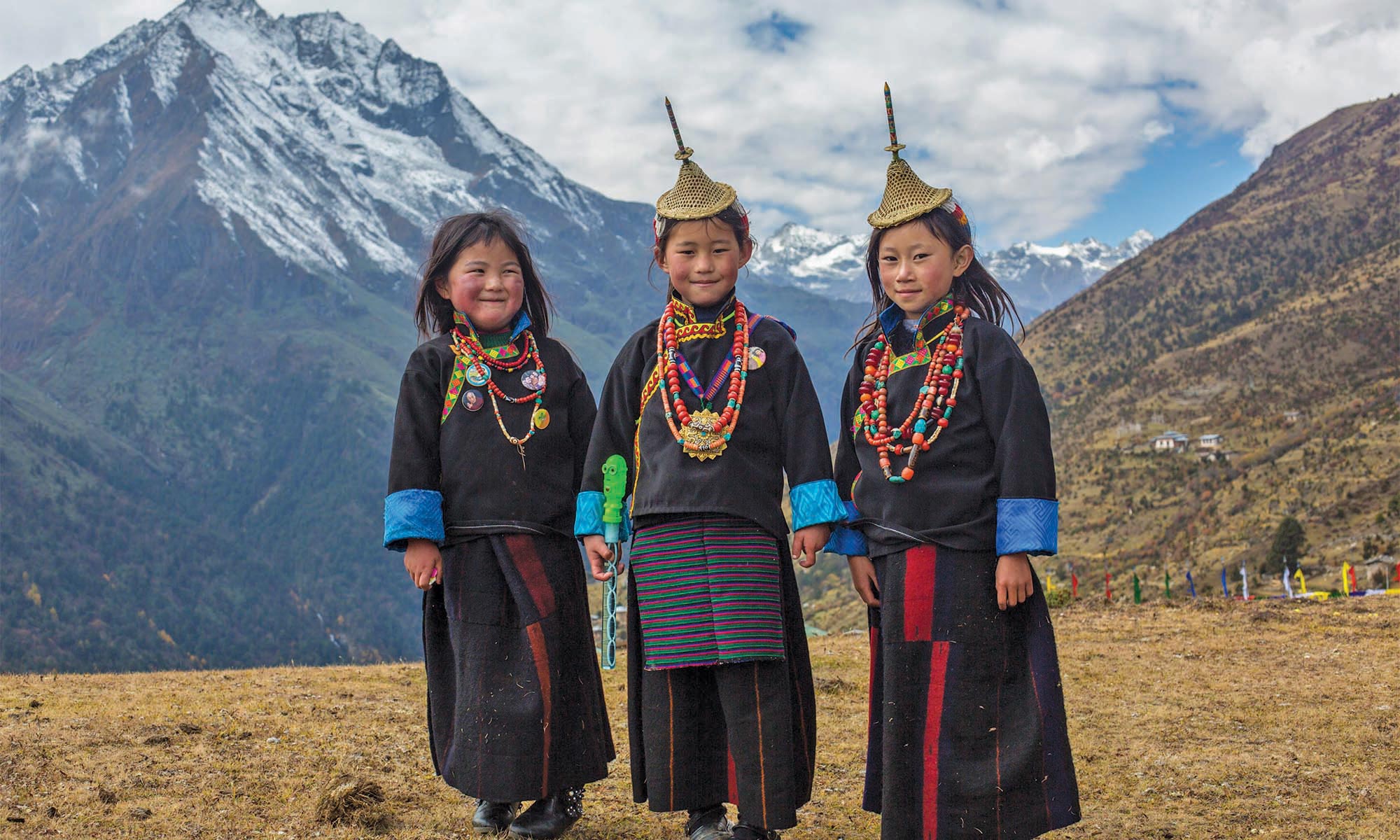Photography
Bhutan offers immense opportunities for photography especially during outdoor sightseeing trips.
However you should check with your guide before taking pictures or filming inside Dzongs, temples, monasteries and religious institutions as in some area photograph/filming is not permitted.
You are free to capture images of the landscape, the panoramic views of the mountain ranges, rural life, flora and fauna, distinctive Bhutanese architecture and the exterior of Dzongs and Chortens.
ShoppingSome popular handicraft items available for purchase are hand-woven textiles of raw silk or silk, carved masks of various animals, woven baskets of cane and bamboo, wooden bowls known as Dapas, handmade paper products or finely crafted gods of silver. Other items you may be interested in are the exquisite Buddhist thangkha paintings or Bhutan’s wide array of colorful and creative postage stamps. You can come across these items in the many handicraft shops in and around Thimphu and in other major towns. Please remember that buying and selling of antiques is strictly forbidden in Bhutan.
GratuitiesTipping is a purely personal matter. We leave it up to you as to whether you want to give a gratuity to your guides and drivers. However, if doing so, we recommend that you place the gratuity in an envelope.
CommunicationsThe country has a good network of telecommunication facilities. Most hotels and cafe’s offer Wi-Fi internet access. Bhutan has a comprehensive mobile (cell) phone network with global roaming also assessable.
Clothes & Other Paraphernalia
With great altitudinal variations, weather is quite mixed in Bhutan. So be prepared to face the unforeseen weather conditions.
We expect visitors to dress modestly and respectfully especially if you are planning a visit to the monasteries, Dzongs and other religious institutions. Long pants and long sleeved tops should be worn when visiting such places. As a mark of respect, be kind enough to remove your hats, caps etc. as you enter religious and administrative premises, institutions and in any other place that you come across with the national flag being raised.


